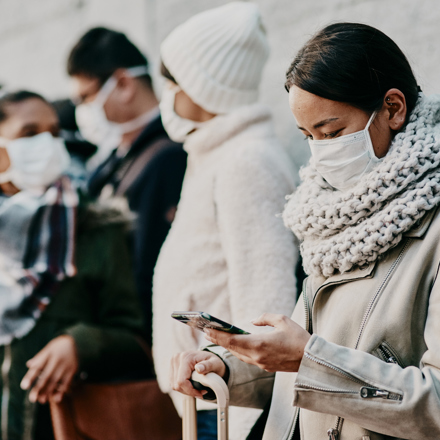Our work as a global community of pharmacovigilance professionals is more important than ever. As the medical and scientific community work tirelessly to find suitable treatments for COVID-19, the efforts of the WHO Programme for International Drug Monitoring and other pharmacovigilance stakeholders are vital to the success of public health initiatives across the globe.
To collect sufficient information about the efficacy and adverse drug reactions of treatments used against COVID-19, it's crucial that all adverse events are recorded and reported as quickly as possible.
On this page, we have collected useful information and guidelines for carrying out pharmacovigilance work during COVID-19.
The page will be updated when there is more information that we can share publicly.
Reporting ICSRs for COVID treatments
UMC provides guidance on what information to record and how to record it for analysing adverse event reports linked to COVID-19 treatments.


Finding ICSRs related to COVID-19 in VigiLyze
UMC has created these guidelines to help users in the WHO Programme for International Drug Monitoring find adverse event reports linked to COVID-19 treatments.
Understanding data on side effects
Members of the public and media who are looking for information about the safety profile of different treatments are encouraged to read this FAQ, outlining which type of data is available and how to interpret it.
